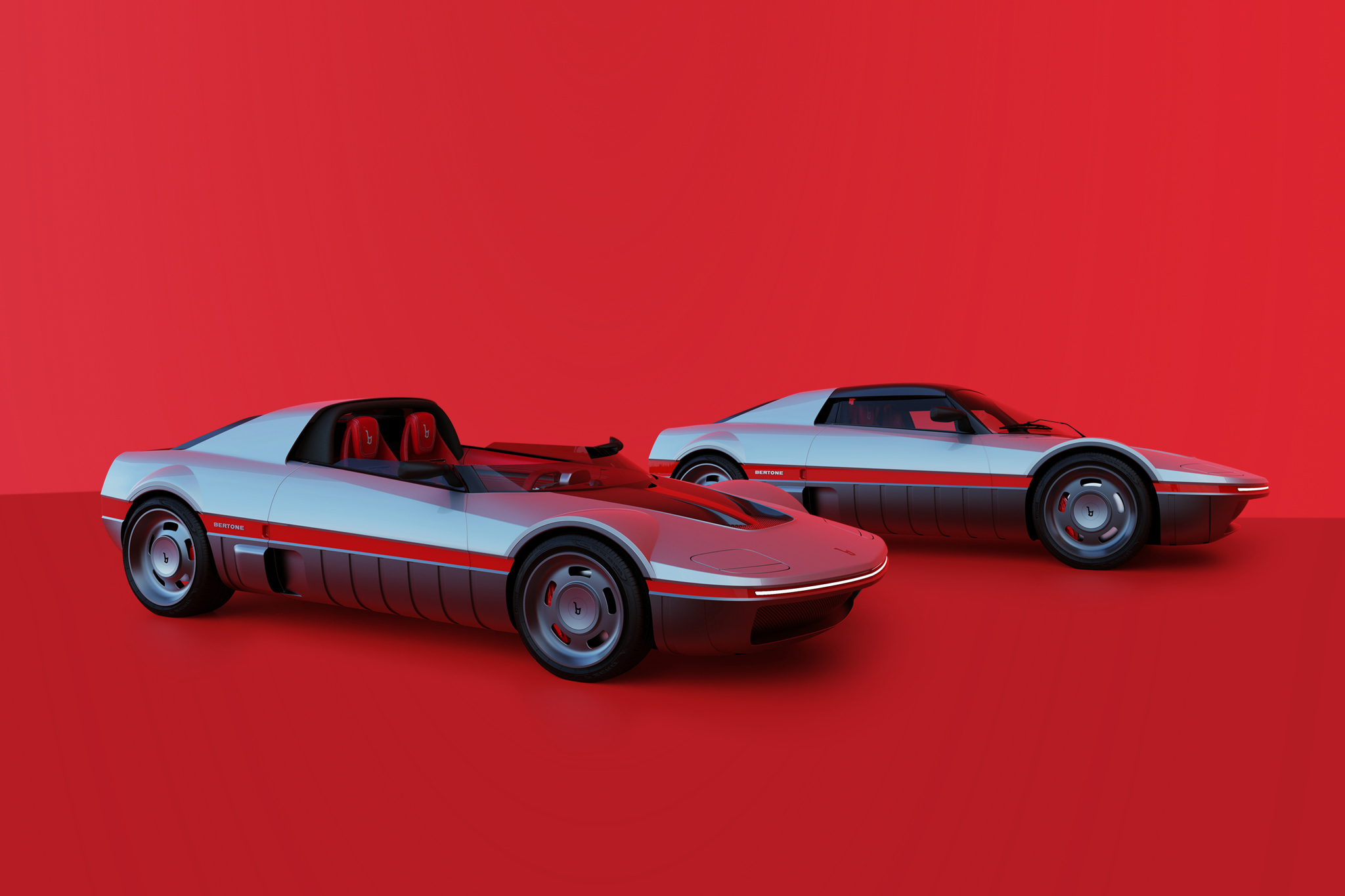Porsche 910/8 Bergspyder
On May 13, 1967, the Porsche racing department in Stuttgart Zuffenhausen finished the 910/8 Bergspyder with chassis number 910.031 and shortly thereafter sent it to its first of many races. This car quickly became the favorite of factory driver Gerhard Mitter, who won the European Hillclimb Championship in that year. The low curb weight of less than 450 kilograms and the approximately 275-hp eight-cylinder boxer engine helped him to achieve some success. For the sprint from standstill to 62 mph it takes less than three seconds. To reduce weight, Porsche used materials like plastic, aluminium, titanium and magnesium. For example, they made a fuel tank with just 26 liters capacity of the magnesium alloy electron. They also renounced on a heavy alternator. Instead, the necessary electricity came from a silver battery.
Under the ultralight fiberglass reinforced plastic body is a steel tubular frame and a chassis on the stand of Formula 1 of that time with 13-inch magnesium wheels. At the rear sits an adjustable spoiler to generate more or less downforce depending on the circuit. This 910/8 Bergspyder proved its performance just one week after completion at the 200-Kilometer-Race in Montseny, Spain. Mitter won it and added another three wins and four front places to score the title of the European Hillclimb Championship 1967. After the Gaisbergrennen in Austria on October 3, 1967, the racing team of Porsche removed gasoline, oil, brake fluid and battery to store the car in the in-house depot, which today is part of the Porsche Museum. Since then, this racing car parked in there, at most pushed around to another position.








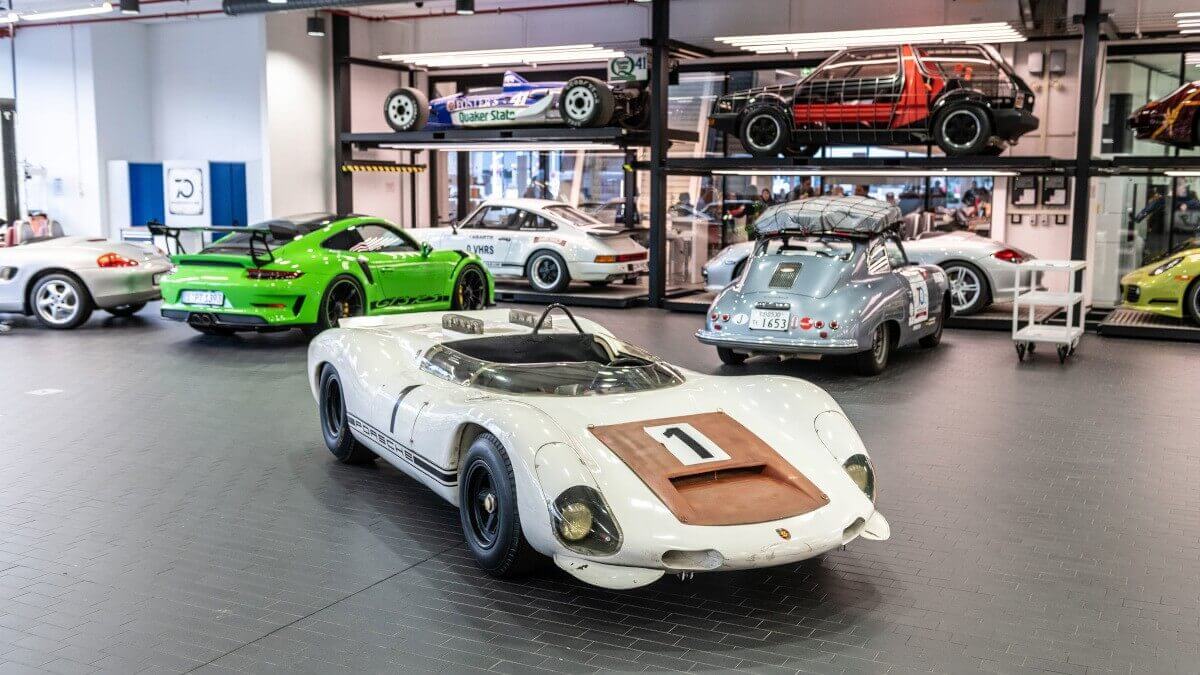

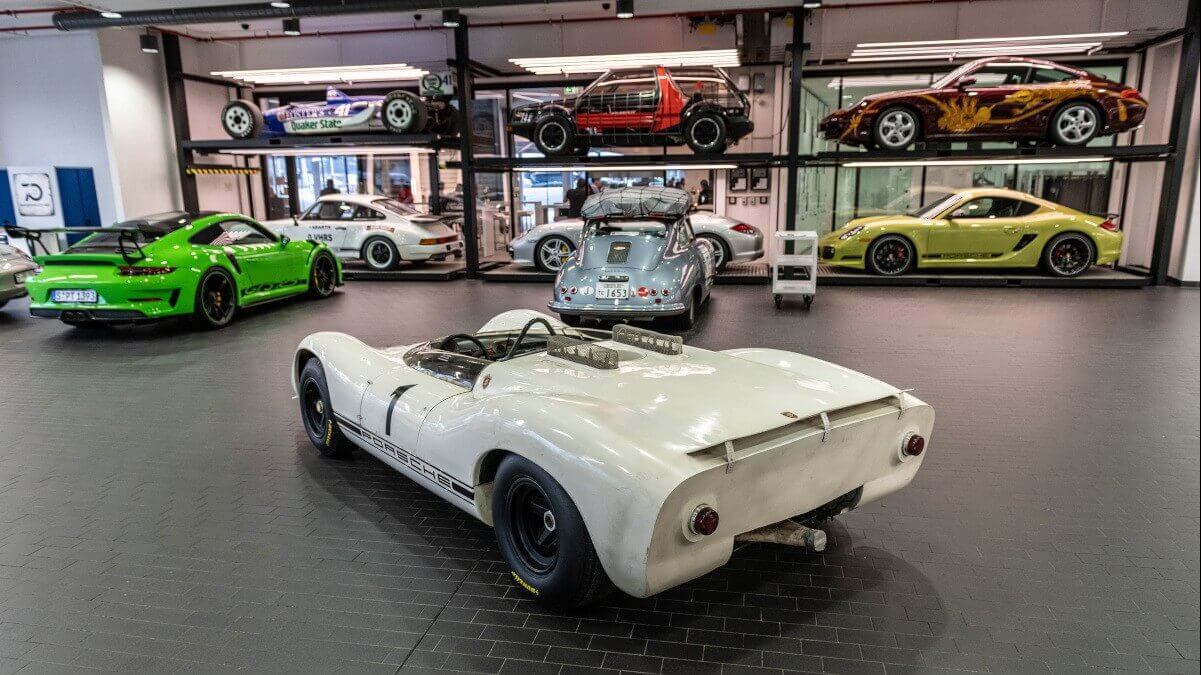









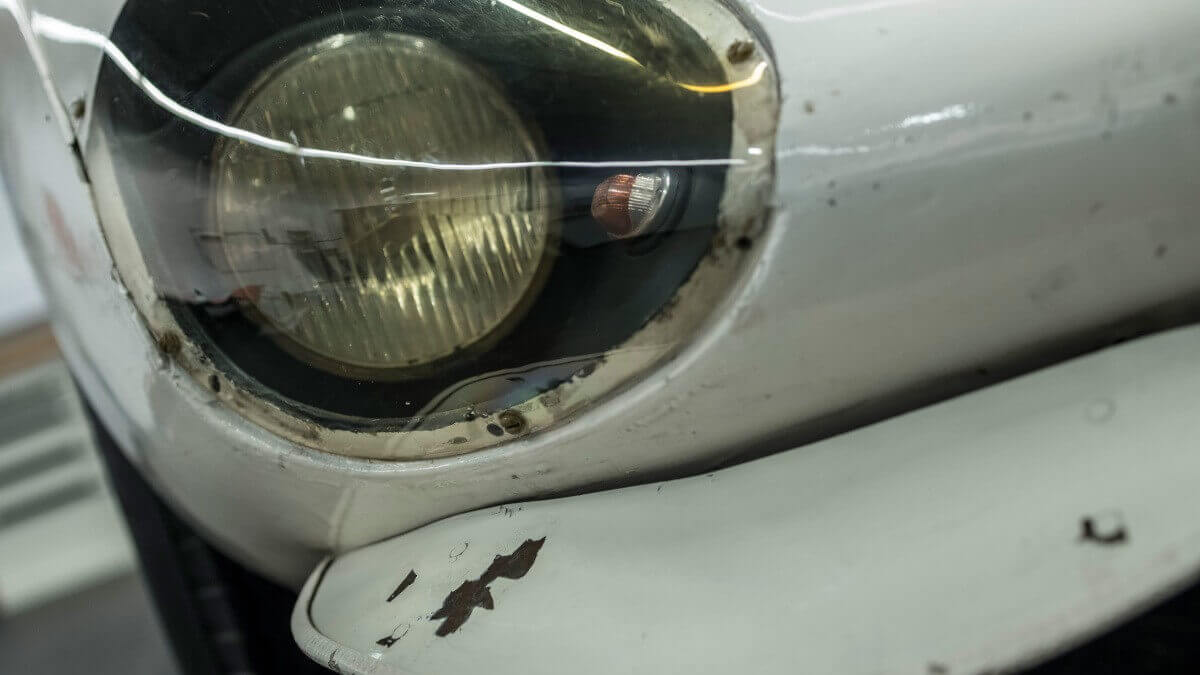



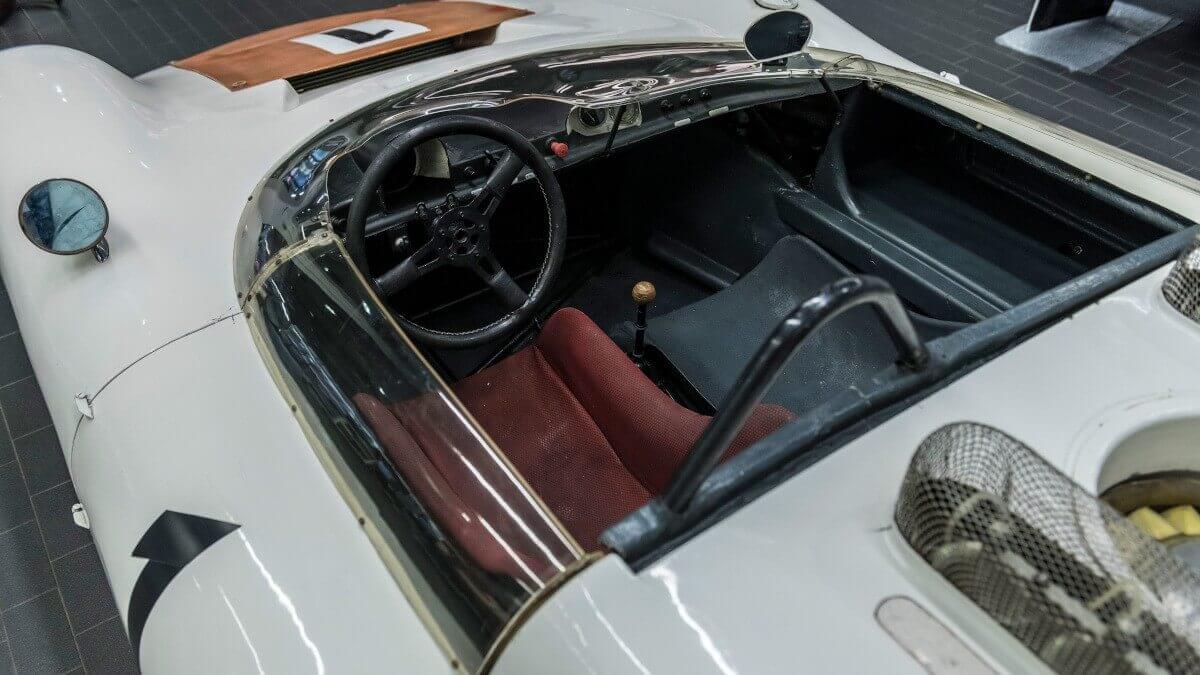



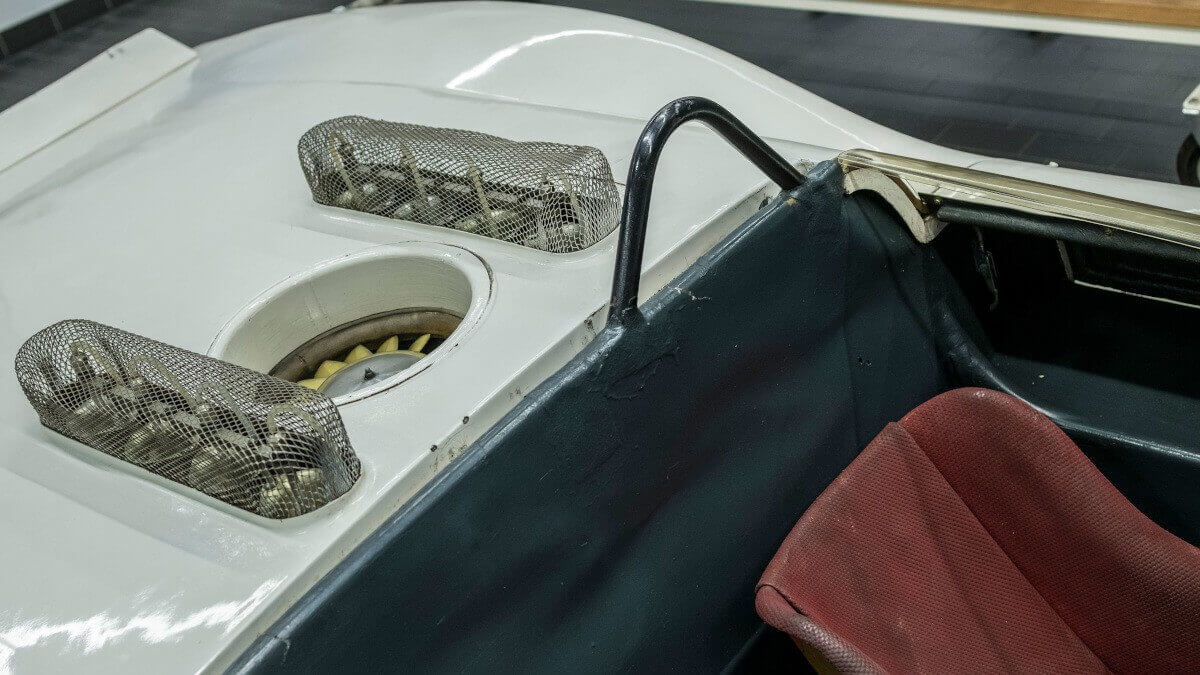

















Ten years ago, when Porsche set up the new Museum in Zuffenhausen, it was their new task to keep the cars on display in a condition to use and drive them at different events around the world. For this reason, various exhibits from the vehicle depot were repaired to make them technically and visually fit again, which of course also destroyed a lot of history. But exactly this authenticity tells stories better than any over-restored classic car. So for this 910/8 Bergspyder the following is said: “we do not touch this condition, because any intervention would destroy that absolute originality,” explains Alexander Klein, Head of Vehicle Management at the Porsche Museum: “We’re decoupling its status from being ready to drive, and the Bergspyder has fulfilled its goals, proved that it can drive – and also won.” So the wire skeleton of the V-belt stays in place as well as the residue of the fabric and flocking on the driver’s seat or the now dull rusty red color on the front hood, which once was bright red.
In order to maintain this condition as long as possible, the Museum team cooperated with the acknowledged expert Dr Gundula Tutt from Berlin. Together, they carefully removed dust and dirt without interfering with the actual substance of the car. Subsequently, the scientist used a reversible adhesive to attach the loosened Porsche logo on the front as well as an adhesive tape on the back of the seat that holds the fabric in place. A converted soldering iron heated up protruding paint particles, which were then carefully pressed back onto the fiberglass body. All mechanical parts were treated with gun oil, while a wax layer on paint and plastic parts serves as preservation. The freshly preserved 910/8 Bergspyder will soon be exhibited inside the Porsche Museum. Besides this, there are only two other old unrestored race cars in the depot of the Museum collection.
Images: Porsche



